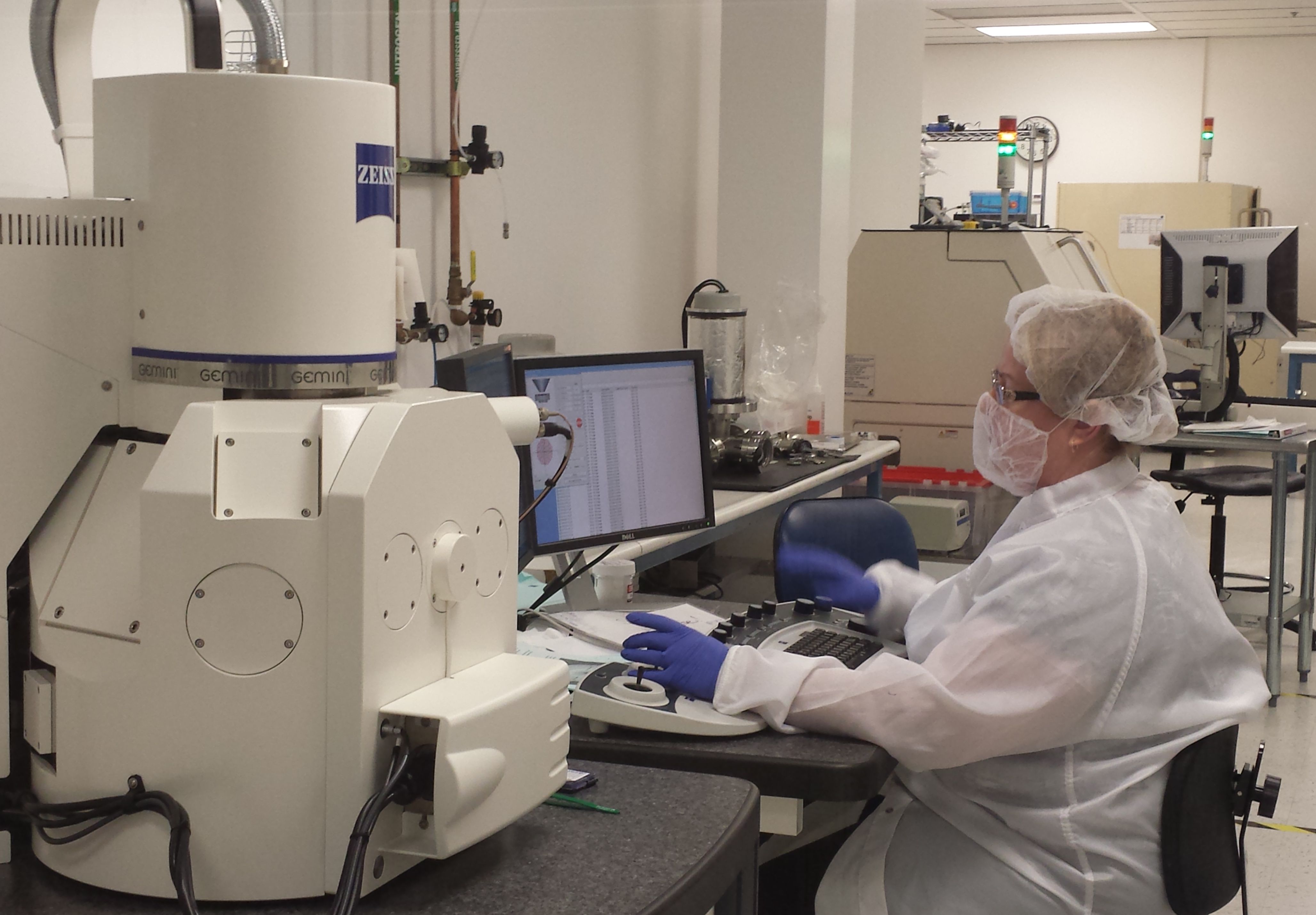Zeiss X-ray Microscopes Reveal Mysteries & Aid in Research
Zeiss X-ray Microscopes Reveal Mysteries & Aid in Research

3D X-ray Microscopes Enable High-Resolution Images
Hidden mysteries of the universe are being revealed and better products are being created by powerful X-ray microscopes developed and built in Hacienda.
Carl Zeiss X-ray Microscopy provides leading research and technology facilities with powerful 3D X-ray microscopes that enable high-resolution images far better than any other systems on the market.
Competitors have X-ray systems, "but they aren't generally able to maintain resolution over ranges of sample sizes that are often studied in multi-user labs," Brenda Ropoulos, of Zeiss corporate communications, said. "This is key to 'X-ray vision' or looking inside a sample to find hidden issues. The unique architecture of our 3D X-ray microscopes enable study of a wide range of sizes, sample types and in various rigs or sample holders used for imaging."
The X-ray microscopes offer three-dimensional, non-destructive imaging using computed tomography (CT) technology.
"You take thousands of images and you reconstruct them to get 3D images," Ropoulos said. "You don't destroy your sample. So many times with a light or electronmicroscope, you have to take a slice of your sample. But with this, you put the whole sample in."
The company, originally called Xradia, was founded in 2000 to make world-class microscopes previously available at only a handful of facilities in the world.
"Nobody was making these kinds of microscopes for the lab," Ropoulos said. "They had been used in research at synchrotrons. Those are the big round facilities that you find for instance at Stanford. They cover many acres. Very high-end, high-resolution research goes on at those facilities."
The company started in Concord, but moved to Hacienda in 2010 when it outgrew its original location.In July of last year, Xradia was bought by Zeiss, a German company that specializes in optics and microscopes, but did not have the type made by Xradia.
The Hacienda-built microscopes are not at all like the little microscopes you look through to examine tiny samples on glass slides.
"The microscopes we make are about 6.5 feet wide and 6 feet high," Ropoulos explained. "They're great big boxes that weigh several tons. They're lead-lined because it's a very powerful X-ray."
Zeiss' target customers are research and technology facilities, including universities and any company that does research and development.The microscopes range in price from $500,000 to $2 million or more.
"Research can be anything from metals that are used in nuclear power plants to the sugar that goes on breakfast cereal to the polymer composites used in airplane wings to brain cells to the microorganisms you find in the sea that tell us whether there are any toxins in the water," Ropoulos said.
Zeiss microscopes are used to develop better materials for nearly every component in a car and to improve microchips. The food industry and oil and gas companies use the microscopes for research.
A Zeiss Xradia microscope at the University of California, Davis was used to image the two oldest objects known to exist on Earth - the Sutter's Mill meteorite and the Chelyabinsk meteorite that crashed into Russia early last year.
"You can discern the mineralogy of meteorites," Ropoulos said. "The Sutter's Mill meteorite had almost every element on the periodic table."
Cornell University researchers used a Zeiss Xradia microscope to study the head of a juvenile shark to learn about the science of the ocean.
"There's a tremendous amount of research being done now about the health of our planet," Ropoulos said. "One of the comments we hear users of our systems say is 'I've never been able to see that before.' (Our microscopes have) introduced such a high level of resolution for nondestructive imaging that it really stimulates their imaginations."
Learn more about Carl Zeiss X-ray Microscopy at xradia.com.
Photo: Unique ZEISS X-ray architecture sets their systems apart from the crowd, including the proprietary optics made onsite here at Hacienda.
Also in this issue...
- Zeiss X-ray Microscopes Reveal Mysteries & Aid in Research
- Wood Rodgers Offers Distinctive Development Services
- Business Bits
- Childhood Passion Leads to Stellar Career
- Agency Provides Therapists to Local Schools, Offices
- NanoEnTek Eager to Tackle U.S. Market
- New Trends in the Workforce
- Bike to Work Day Gets Commuters on Two Wheels
- Bras for the Cause Puts the Fun in Fundraiser
- Local Group Lends Hand for Independent Living
- Hacienda Index
- Calendar




